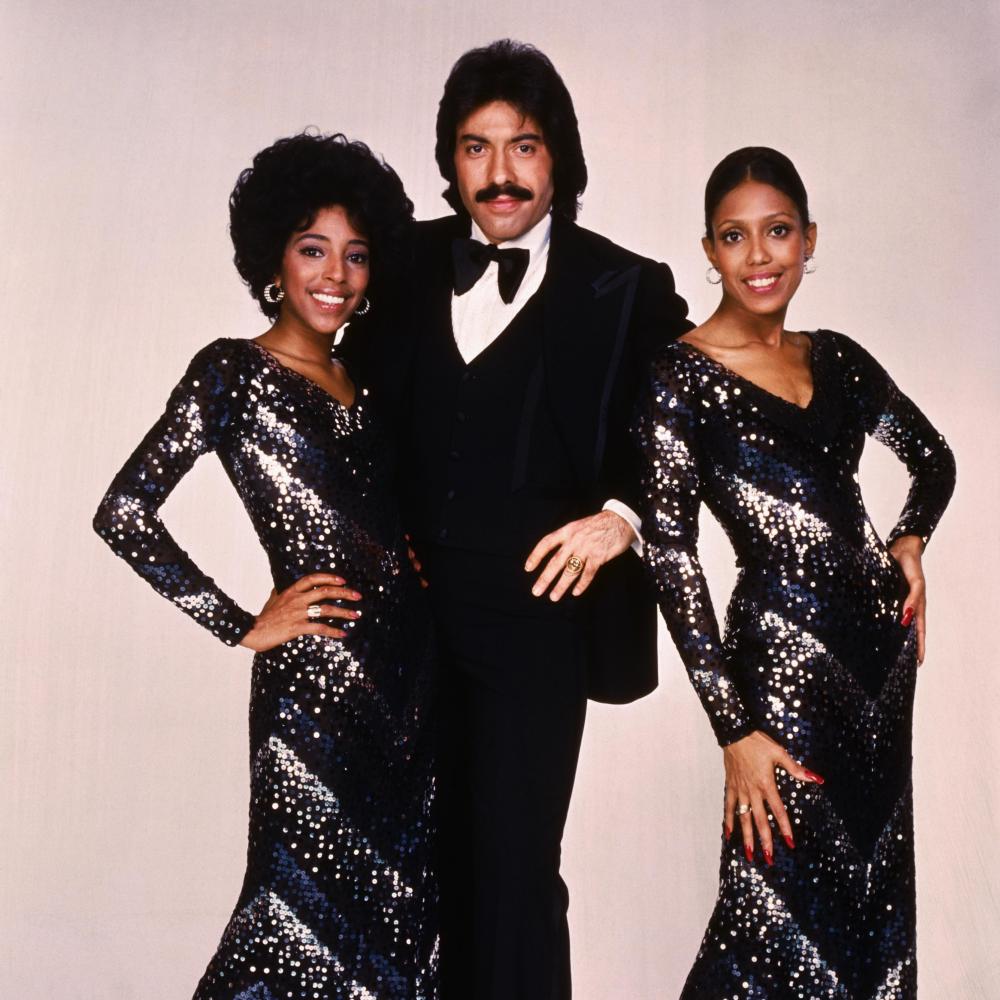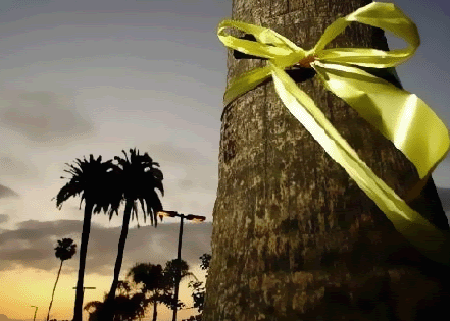Tony Orlando and Dawn-
“Tie a Yellow Ribbon Round the Ole Oak Tree” tops the U.S. pop charts and creates a cultural phenomenon.
The following written content via History

The yellow ribbon has long been a symbol of support for absent or missing loved ones. There are some who believe that the tradition of the yellow ribbon dates back as far as the Civil War era, when a yellow ribbon in a woman’s hair indicated that she was “taken” by a man who was absent due to service in the United States Army Cavalry. But research by professional folklorists has found no evidence to support that story. The Library of Congress itself traces the cultural ubiquity of this powerful symbol to the well-known song by Tony Orlando and Dawn: “Tie a Yellow Ribbon Round the Ole Oak Tree,” which topped the U.S. pop charts on April 21, 1973.
“Tie a Yellow Ribbon” was a massive international hit, holding the top spot on both the U.S. and U.K. charts for four consecutive weeks and earning upwards of 3 million radio plays in 1973. It was sung from the perspective of a man returning home after three years in prison and looking anxiously for an agreed-upon sign that the woman he loves would welcome his return. Songwriters Irwin Levine and L. Russell Brown got the idea for the song from a story they’d heard while in the Army. New York newspaper columnist Pete Hamill sued Levine and Brown for copyright infringement because he believed they took the idea from a 1971 column of his relating a very similar story as fact. Hamill dropped his suit, however, when researchers uncovered multiple versions of the same general tale dating back at least as far as the 1950s. “Probably the story is one of these mysterious bits of folklore that emerge from the national subconscious to be told anew in one form or another,” Hamill said at the time. To use a more familiar term, it was an urban legend. Read more from History.





